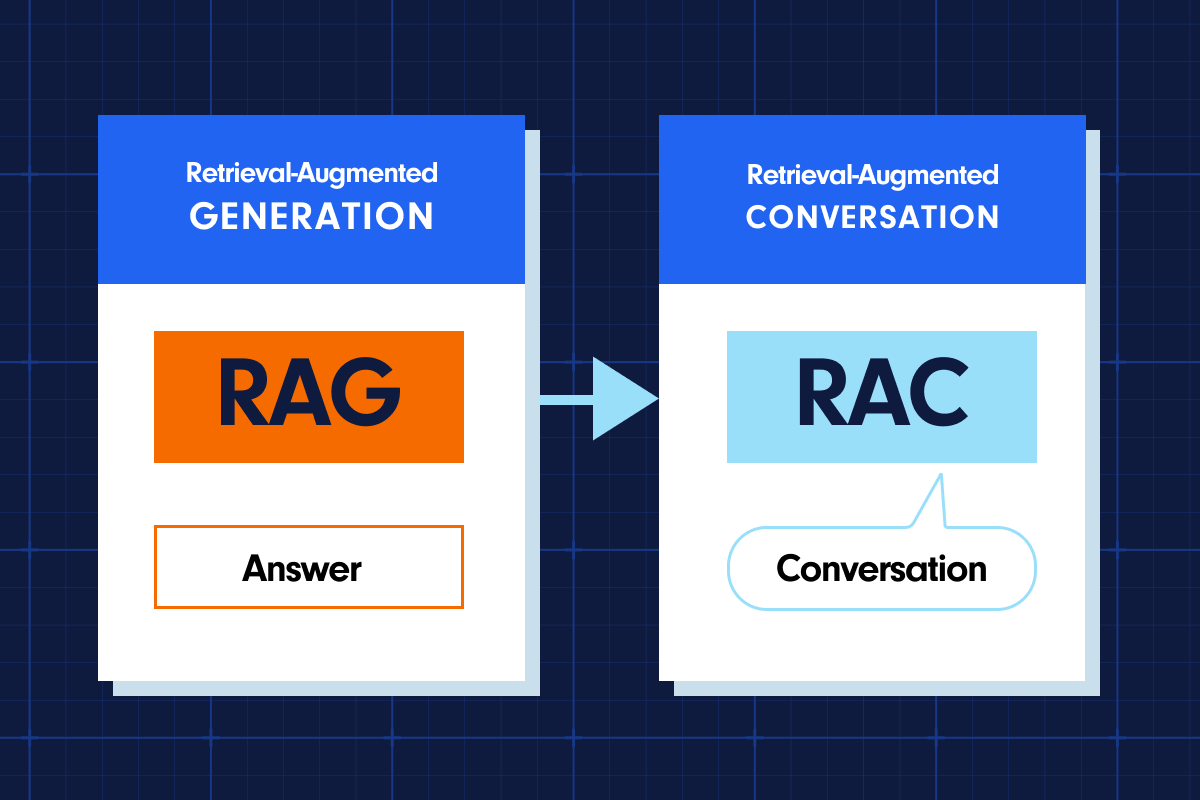By Assaf Melochna, President of Aquant, and Mark Hessinger, Global Customer Services Business Leader in Industrial Manufacturing
For decades, the ability to access and leverage data effectively has been a major hurdle for companies, often stifling innovation and informed decision-making. A recent Forbes survey revealed that a staggering 70% of businesses cite this as a critical challenge. Despite amassing vast amounts of data, organizations struggled to utilize it meaningfully, creating operational bottlenecks that stalled progress. But now, with AI, the way businesses interact with data is changing—leading companies are already scaling these solutions, turning data into a dynamic tool for real-time insights and smarter decisions.
The Old Data Dilemma
Not long ago, accessing data was an arduous, time-consuming task requiring specialized skills. Massive datasets across multiple databases were often locked away, accessible only to data scientists who could navigate complex datasets and extract insights. In industries like manufacturing, service teams had to sift through mountains of maintenance logs, repair histories, and performance data just to identify patterns—a process that took not only hours but was fraught with potential human error, leading to missed opportunities and inefficiencies, and often resulting in stepping away from the task as the process was too cumbersome.
AI’s Game-Changing Evolution: Data at Your Fingertips
Fast forward to today, and AI has radically simplified this process. Imagine a service manager needing to understand recurring machinery failures. Instead of drowning in data, he or she can simply pose a question to an AI-powered virtual assistant or copilot, which pulls all relevant information—from maintenance records to sensor data and operator notes—into a cohesive response within seconds. This transformation is not just about speed; it’s about delivering precise, actionable insights instantly.
For example, in customer service, AI-powered assistants can retrieve the latest customer interactions, system issue and maintenance histories, and even sentiment analysis at the click of a button. This enables representatives to provide highly personalized support in record time, boosting customer satisfaction and significantly reducing response times.
A Glimpse into the Future: Instant, Intuitive, and Predictive Data Access
The future of data access is set to become even more immediate and intuitive, transforming how businesses and technicians interact with information. Picture a factory floor where augmented reality (AR) glasses overlay real-time equipment data as technicians work, or scenarios where predictive analytics and AI-driven insights are delivered directly to a smartwatch, alerting employees to potential issues before they even know to ask.
For example, instead of thumbing through manuals or waiting on hold for support, a field technician could use an AI-driven earpiece that provides step-by-step guidance based on the latest approved service protocols, past repair data, and real-time diagnostics. This immediate access doesn’t just reduce downtime; it also boosts accuracy and safety on the job.
As AI increasingly integrates with IoT devices, we can expect an even more proactive approach to data access. AI systems will anticipate necessary information based on user actions or environmental cues. Imagine an AI solution detecting an unusual vibration in a machine and automatically sending a pre-emptive analysis and recommended action to the service engineer’s and supervisor’s devices—all without a single manual query.
And this future is fast approaching – with a few major developments emerging within the last week. Microsoft’s recent launch of semi-autonomous AI agents hints at what’s to come, while SAP’s Joule agents demonstrate how integrated AI can break down silos across business functions like finance and supply chain, enabling complex, connected workflows. Similarly, Anthropic’s new AI agent, though a bit clunky now and still evolving, is pushing the boundaries of what AI can autonomously accomplish within enterprise environments. Together, these advancements signal a move toward more sophisticated, integrated AI solutions in business settings.
Choosing the Right AI Tools: A Strategic Approach
It’s easy to fall into the trap of adopting AI just because it’s a buzzword or because there’s extra room in the budget. But a strategic approach begins with identifying the real problems you want to solve and focusing on AI tools that directly address those challenges, delivering tangible value.
A great example of this approach stems from a conversation we had at an industry conference a couple years back. Mark had been facing a problem that many service leaders in industrial manufacturing encounter: how to equip technical support teams with the knowledge they need, at their fingertips, to solve equipment issues more efficiently. It wasn’t just about implementing AI—it was about finding a solution that addressed a critical business need. That’s when our discussion turned to Aquant’s Triage solution, which was built on this very foundation.
At the time, Assaf and his co-founder Shahar recognized a growing challenge in the industry, one that continues to affect many organizations today—the service expertise gap. This gap refers to the disparity in skill levels, knowledge, and problem-solving abilities between the most experienced service technicians and newer, less experienced team members. As products – machinery and equipment – become more complex and experienced workers retire, the gap widens, leading to inefficiencies like misdiagnosed issues, unnecessary parts replacements (often referred to as parts “shotgunning”), and avoidable service calls.
Our mission is to bridge this gap by using AI-driven insights to capture, replicate, and scale the knowledge of top experts across the workforce. With AI analyzing historical data and service records, teams—regardless of experience—can access personalized recommendations, predictive insights, and decision support. This enables technicians at all levels to perform at the highest standard, improving efficiency, accuracy, and cost-effectiveness.
This experience highlights that choosing the right AI tools isn’t just about the technology—it’s about solving real-world problems and enhancing performance. When approached strategically, AI transforms data into your organization’s most valuable asset—accessible, insightful, and actionable—empowering your teams to make better, faster decisions than ever before.





 Assaf Melochna
Assaf Melochna

